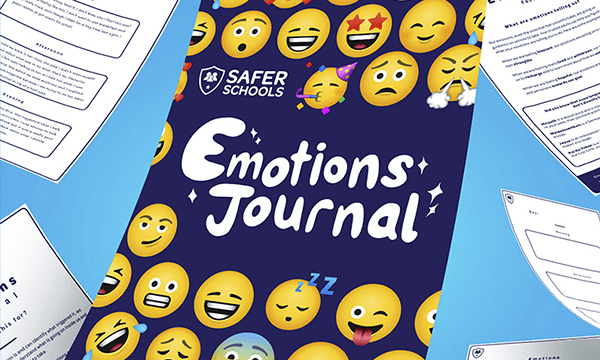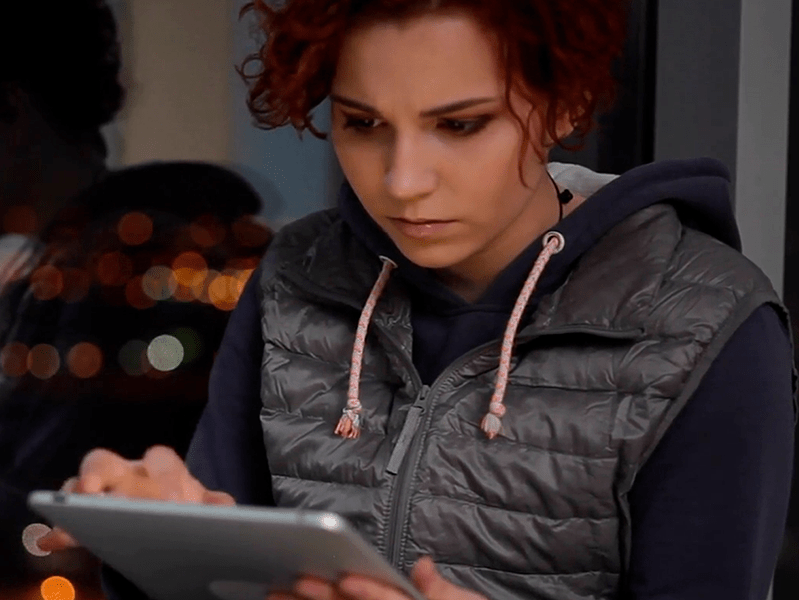The internet is no stranger to harmful or disturbing content. Earlier this week, our safeguarding network was alerted to several young people mentioning ‘Rule 34’ as a potential source of information regarding sex. But what is the so-called Rule 34 and could it be harmful to children and young people?
What is Rule 34?
Rule 34 is an internet concept meaning that if something exists in real life, or is made up, there will be a pornographic depiction of it. This includes cartoons, celebrities, and objects, and in some cases, these depictions go well beyond usual themes found in mainstream pornography.
In many cases of Rule 34, internet users depict their favourite cartoon or animated characters in sexual fantasies. This is sometimes referred to as ’fan art’.
There is also Rule 35 which dictates that if there aren’t already pornographic depictions of something, there eventually will be.
Where did Rule 34 come from?
Like many online trends, phenomena, and themes, attempting to ascertain the source of an online practice will always be shrouded in uncertainty. Online communities consider Rule 34 to have begun with an online comic book published in 2003 following the writer’s disgust at finding his favourite childhood cartoon characters depicted in pornographic fan art.
According to Dictionary.com, the rules are a series of in-jokes, guidelines, and references related to internet culture as it was in the early 2000s.
Since then, Rule 34 has appeared in numerous online chatrooms, message boards, and forums as well as being a common hashtag attached to pornographic fan art.
What are the Risks to Children and Young People?
Pornographic depictions of cartoon characters can be extreme and include violent, sexualised, or compromising themes. These images would likely be distressing, particularly for younger children, who may see characters they admire or like.
Make sure children and young people who have been exposed to Rule 34 influenced ‘fan art’ know that this is not real and does not change the character they know and love.
Talking to young people about harmful content online can be daunting, especially when talking about something you haven’t necessarily seen or experienced yourself. However, talking is really important and when you know or suspect the issue might be relevant to a young person in your care it is vital to sensitively address the issue.
We’ve included some tips below to help you plan your conversation.
Asking them what they know about a topic or issue means you can gauge just how much detail is needed. It’s usually better to not approach the subject directly, as this helps you avoid talking about or introducing topics they might not otherwise have known about.
You should always reassure children in your care by telling them they can always talk to you about issues, even if they worry them.
Do you receive our Safeguarding Alerts?
Receive regular updates to help you safeguard children in a digital era.










